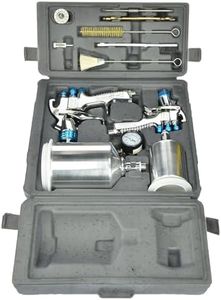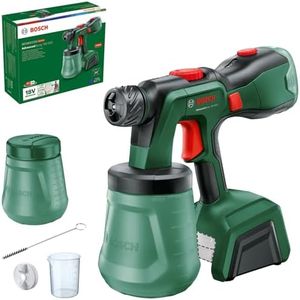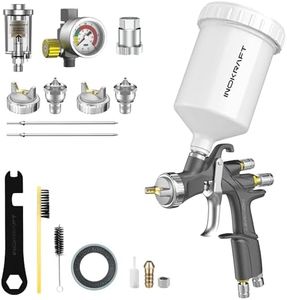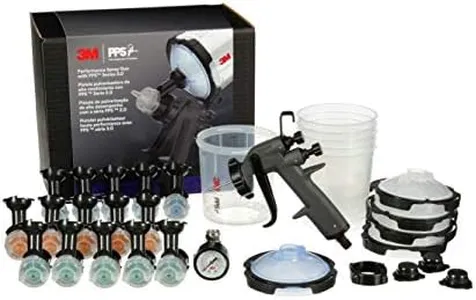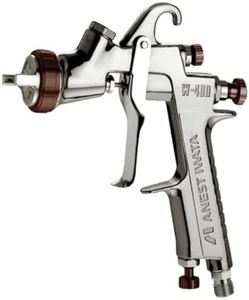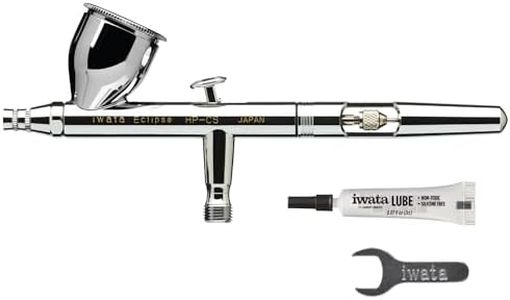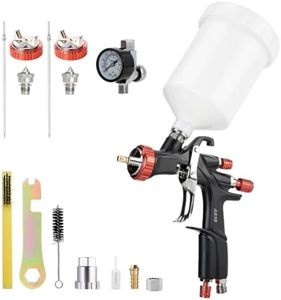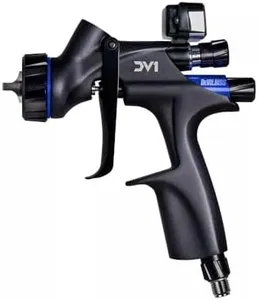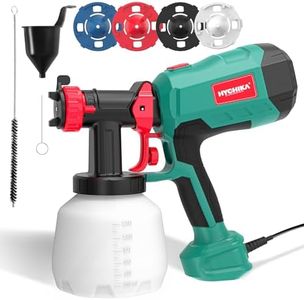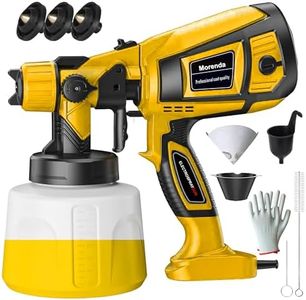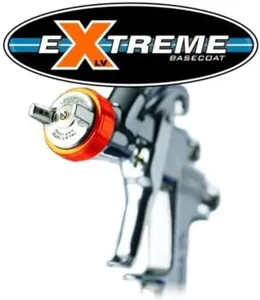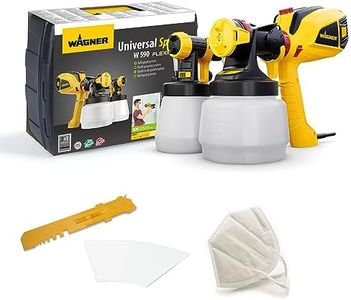We Use CookiesWe use cookies to enhance the security, performance,
functionality and for analytical and promotional activities. By continuing to browse this site you
are agreeing to our privacy policy
10 Best Spray Guns
From leading brands and best sellers available on the web.Buying Guide for the Best Spray Guns
Choosing the right spray gun is important if you want efficient, smooth, and even painting results. Spray guns can be used for a variety of tasks, from painting furniture or cars to walls and fences. Understanding the technical specifications helps you select a spray gun that fits your needs, making your projects easier and your results cleaner and more professional. Focus on your specific tasks and the kind of paint or coating you'll use—this will help you balance the specs for a better match.Type (Gravity Feed, Siphon Feed, Pressure Feed)This spec refers to how the paint is delivered from the cup to the nozzle of the spray gun. Gravity feed guns have the paint cup mounted on top, siphon feed have it underneath, and pressure feed use a separate pressurized container. Gravity feed types are good for precision work and less waste; siphon feed is better for larger volumes and less frequent refills; pressure feed handles large jobs or difficult-to-spray materials. Choose based on the size and type of your project: smaller, detailed jobs benefit from gravity feed, while large, continuous jobs are best served by pressure feed.
Nozzle SizeThe nozzle size determines how much paint and what type of paint can be sprayed. Smaller sizes (around 1.0 mm) are suitable for thin materials like stains or lacquer, while medium (1.3 to 1.5 mm) fits general-purpose paints, and larger sizes (above 1.7 mm) are needed for thicker paints like primers. Pick the nozzle size according to the kind of paint and the finish you want; using the wrong size can result in clogs or rough finishes.
Air Consumption (CFM)CFM stands for cubic feet per minute, describing how much air the spray gun requires to operate properly. Lower CFM guns work with smaller air compressors, while higher CFM demands powerful air compressors. Match the spray gun's CFM with your compressor’s rated output to ensure smooth performance—otherwise, spraying may be inconsistent or stop entirely.
Operating Pressure (PSI)PSI means pounds per square inch, reflecting the pressure needed for the spray gun to work. Lower PSI guns offer finer control and less overspray, while higher PSI guns can push out more paint for quicker coverage. Consider what you’re painting—delicate or small items work best with lower PSI, while big surfaces may be more efficiently painted with higher PSI.
Paint Cup CapacityThis indicates how much paint the gun can hold before needing to be refilled. Smaller cups (less than 500 ml) mean lighter guns, but more refills; larger cups (up to 1 liter or more) accommodate more paint, which is helpful for big projects but can make the gun heavy. Pick a cup size you can handle comfortably for the length of your painting session and that matches your project size.
Material CompatibilityNot all spray guns work with all materials—some are made for water-based paints, others for oil-based, and some can handle specialty coatings like varnish, enamel, or latex. It’s important to check that the spray gun is built to handle whatever kind of paint or finish you frequently use, as using a mismatch can damage the gun or give poor results.
Ease of Cleaning and MaintenanceSpray guns need to be cleaned after each use to avoid clogs and maintain spray quality. Look for models with simple disassembly features and easy-to-clean parts, especially if you plan to change between materials regularly. This will save you time and keep the spray gun working well for many projects.
